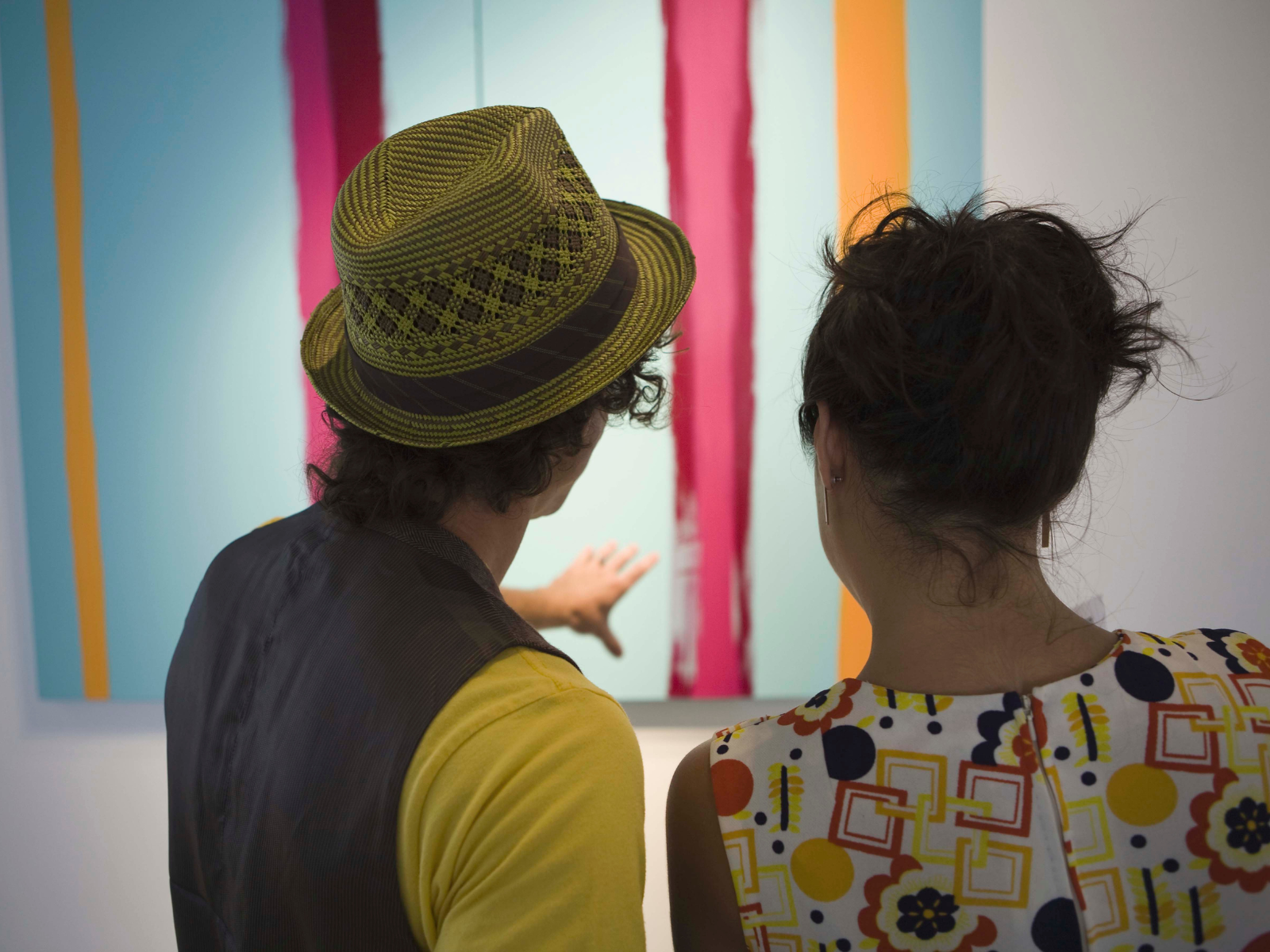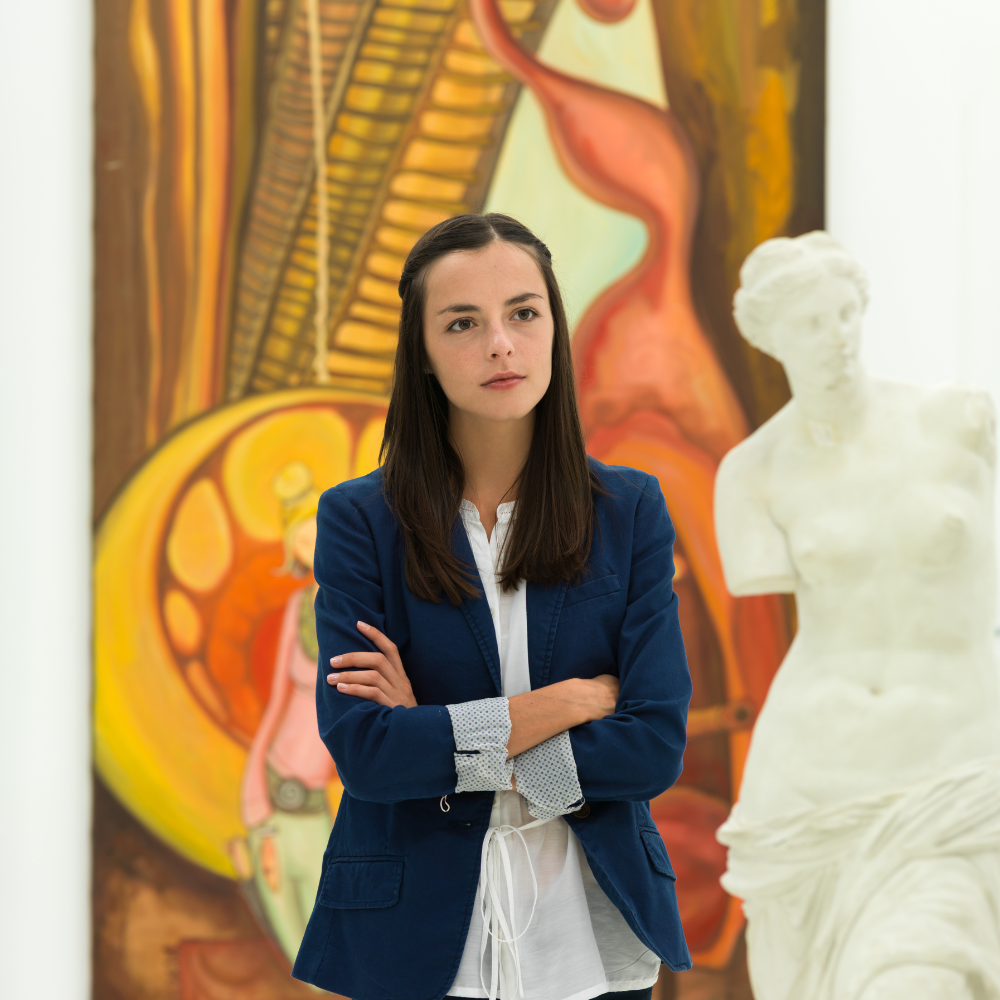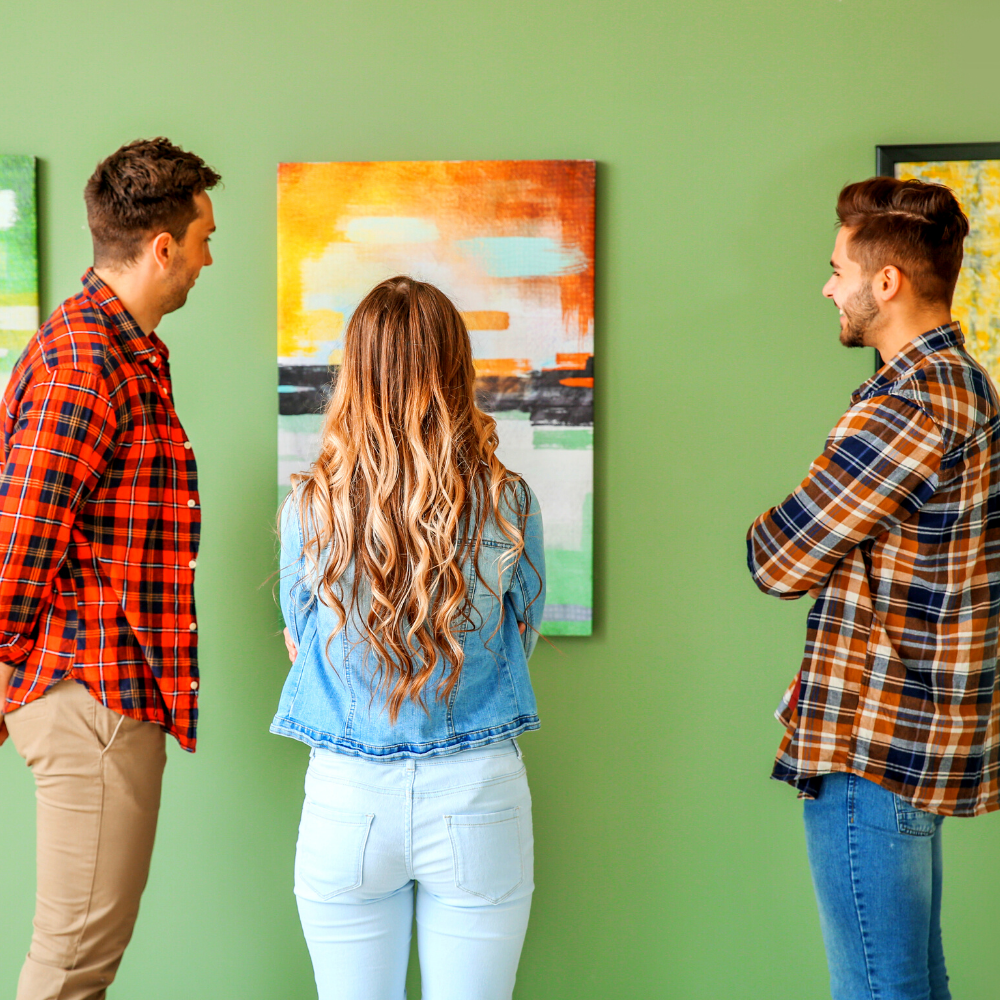Hey there, fellow creatives!
Are you tired of staring at a blank canvas, wondering if your artwork is any good?
Are you dying to know how to evaluate your own art like a pro?
Or perhaps you've finished a piece, but can't help but feel like something is missing?
Well, you're in luck!
In this blog post, we're going to dive into the wonderful world of art criticism and explore three powerful questions that can transform you into a bona fide art critic.
Whether you're a seasoned painter or just starting out with doodles, these questions will help you assess your artwork with a critical eye and ultimately improve your skills.
Get ready to unleash your inner critic and take your artistic game to the next level!
So, grab your favorite sketchbook and let's embark on an eye-opening adventure together; by the end of this post, you'll be seeing art in a whole new light.
Let's get started, shall we?
Key Takeaways:
- Understanding the right questions to ask can significantly enhance your art evaluation skills.
- The three pivotal questions to consider are: What is the artist's intention? How are the visual elements utilized? What is the emotional or intellectual response elicited?
- These questions help in appreciating the depth and complexity of artworks, from pop art to abstract paintings.
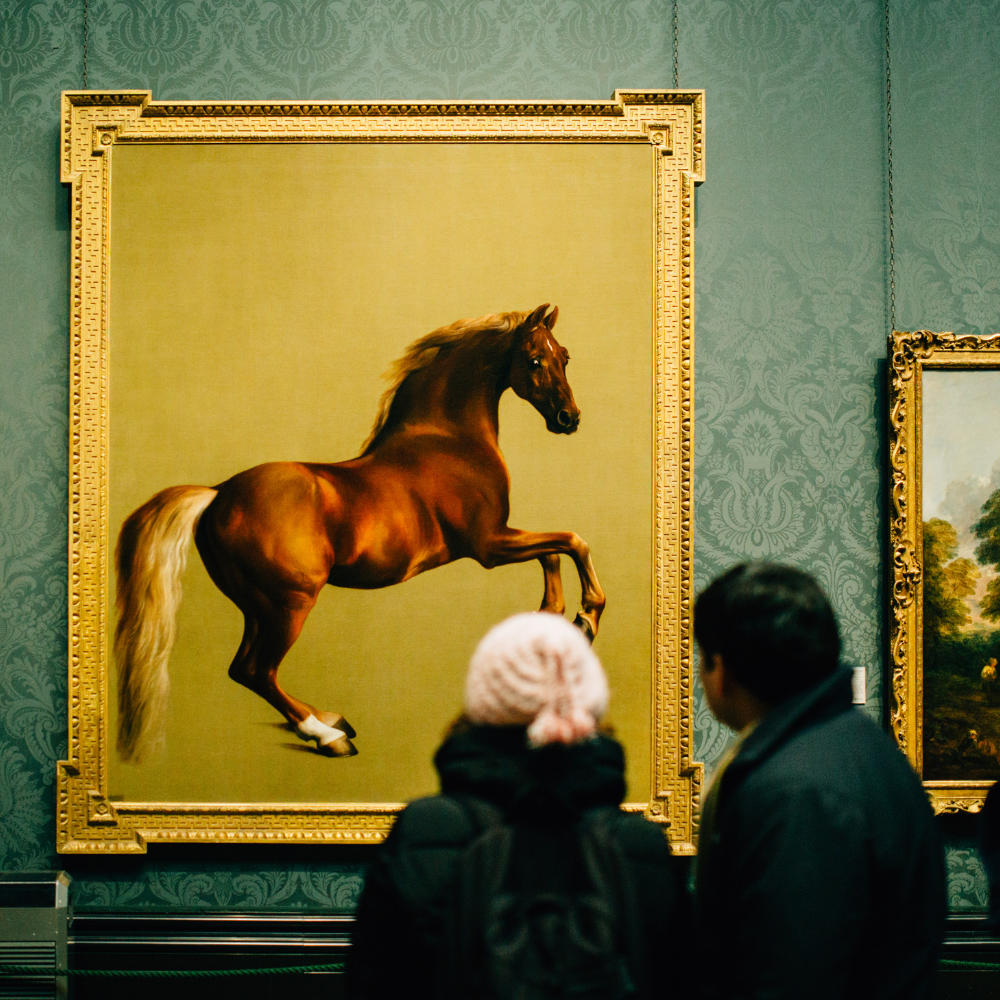

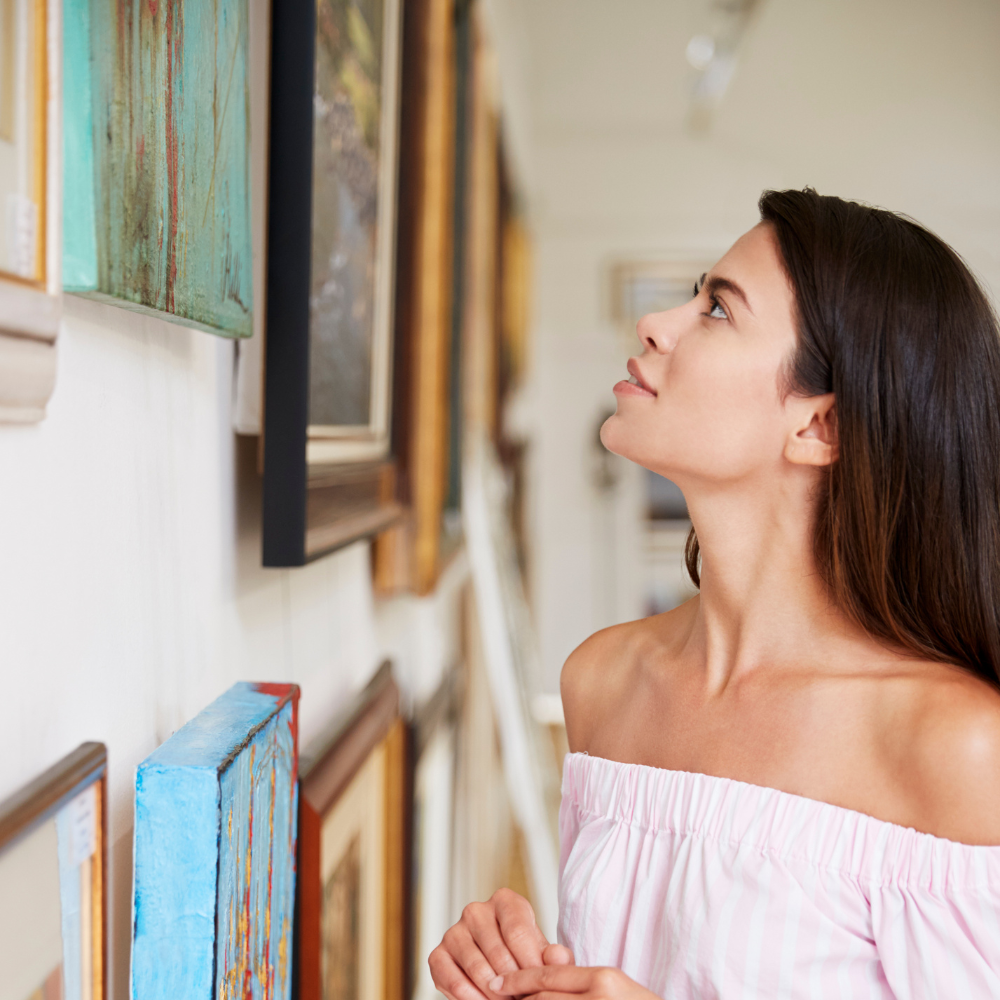
Art Criticism 101
As an artist, art lover or just someone who is captivated by the world of art, you've probably found yourself trying to understand the meaning behind a particular artwork; it might feel a bit overwhelming to find where to start.
However, it is always important to remember that art should evoke emotions within us.
With that being said, it does not negate the importance of learning about art to fully appreciate it.
Evaluating art is a nuanced process that requires more than a cursory glance.
It involves delving into the artist's mind, understanding the use of visual elements, and assessing the impact on the viewer.
Whether you're a student, a museum curator, or simply an art enthusiast, knowing what questions you could ask while evaluating art can transform your approach to art appreciation.
- What Is the Artist's Intention?
To fully appreciate a piece of artwork, it's important to understand what the artist was trying to convey.
Did the artist create this piece for a particular reason?
Do they have a message they're trying to communicate?
When an artist creates an artwork, they have a specific intention or a message they want to convey.
Understanding the artist's intention can help you gain insight into the artwork and appreciate it more.
Keep an open mind when evaluating the artist's intention because it is often more complex than what we see at surface level.
- What Is the Historical Context of the Piece?
Art has always been a reflection of the times in which it was created.
Historical context means looking at the social, political, and cultural circumstances that were present when the artwork was created.
For example, art created during the Renaissance period tends to have a different context than the art created during the Industrial Revolution.
Understanding the historical context can give you an insight into why the piece might look the way it does and help you appreciate it more.
- How Does the Artwork Make You Feel?
The ultimate test of any art piece is how it makes you feel!
Art should be evocative and move you in some way.
Whether it's happiness, sadness, anger, or even confusion, art should elicit a response from within you.
How does the artwork make you feel?
What emotions does it evoke?
Art critics have differing opinions about what makes a piece of artwork 'good,' but the one element that should be present in all artwork is emotions.
So, pay attention to how you feel when you see an artwork because it's your personal response that matters the most.

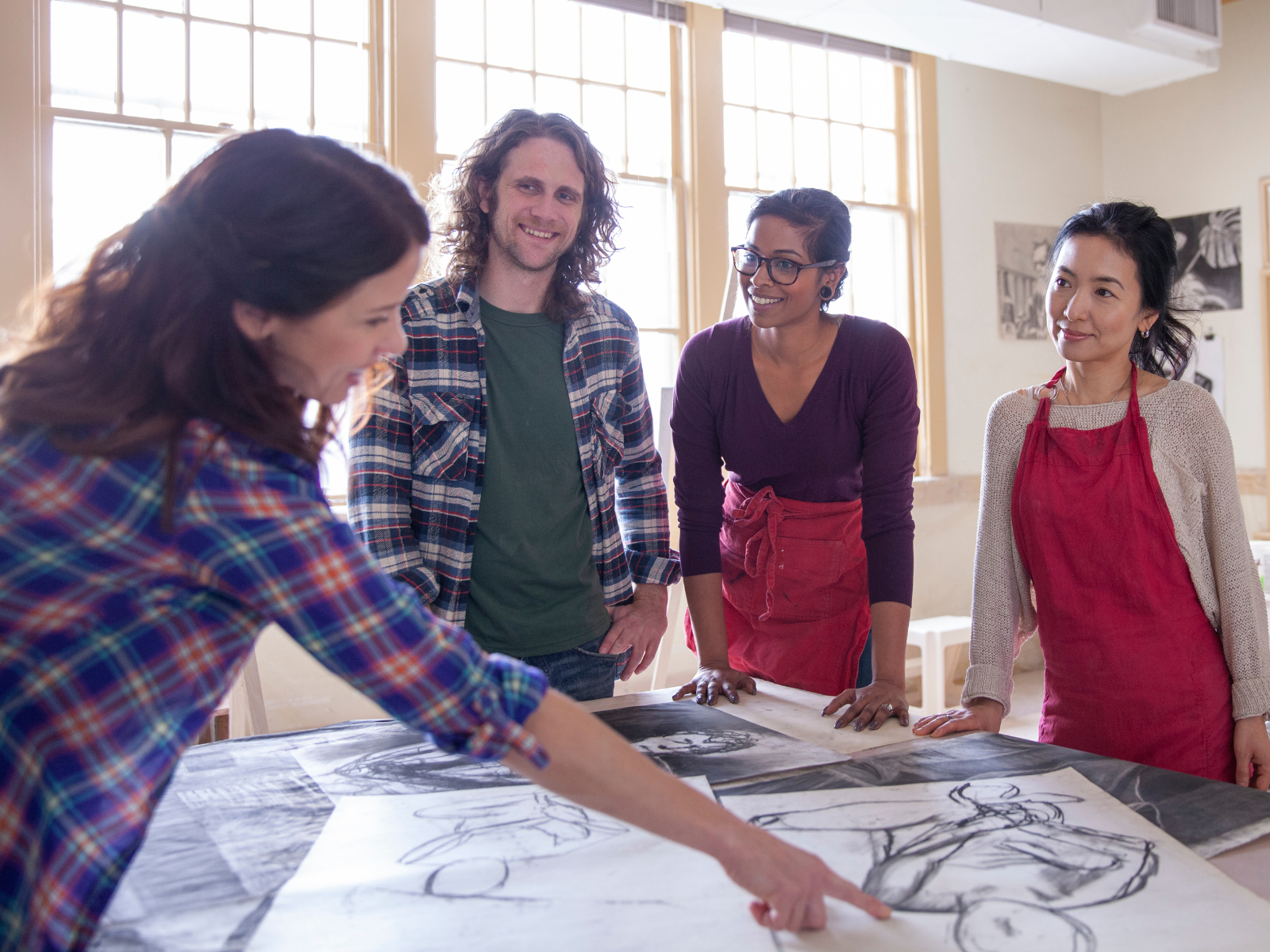
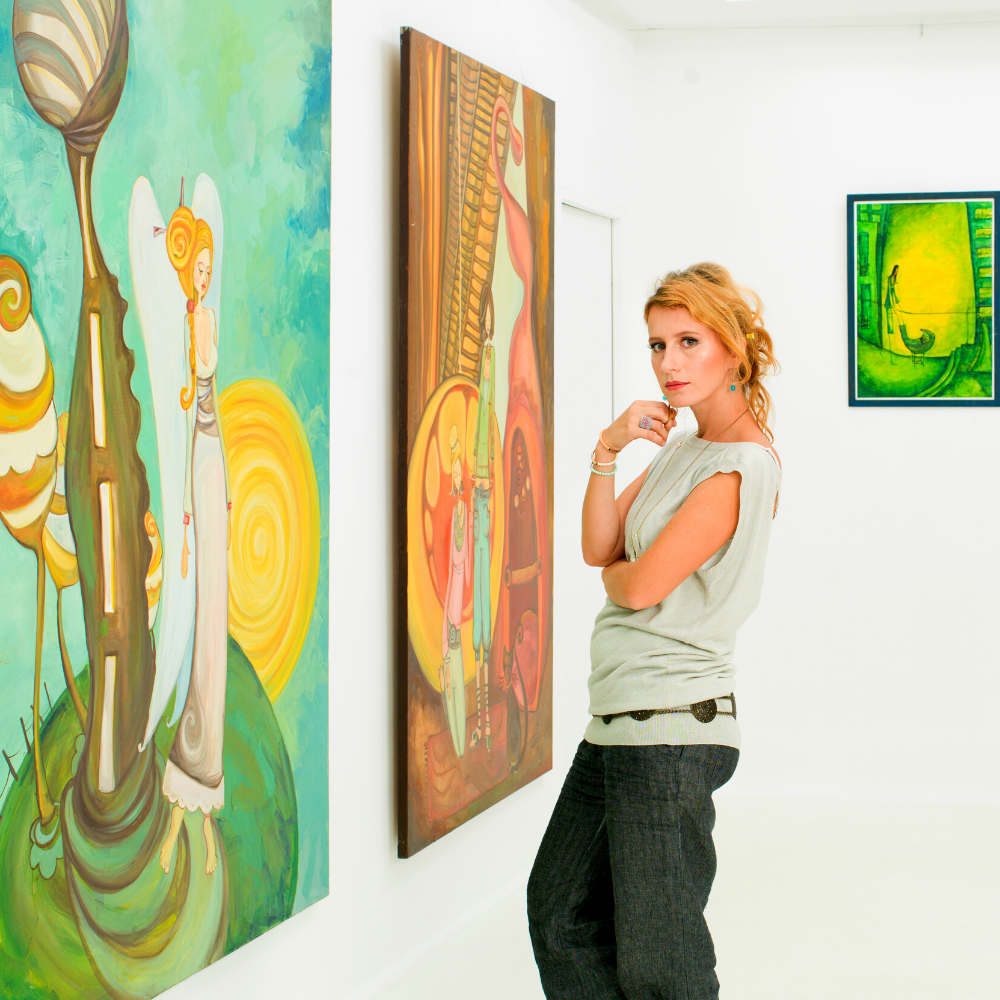
Intention: The Purpose Behind the Canvas
When standing before a work of art, the first question to ponder is: What did the artist want to communicate?
This inquiry is crucial as it opens a window into the artist's world.
Every stroke, color choice, and material used is a piece of the puzzle that the artist wanted to present.
For instance, in pop art, artists often aim to draw attention to the banality of mass culture and consumerism.
By asking about the artist's intention, you can begin to unravel the layers of meaning in the artwork.
Delving into the Artist's World
To truly appreciate an artwork, one must step into the shoes of the creator.
Understanding the history, culture, and personal experiences that shape an artist's work is essential.
When an artist produces a piece, they are often influenced by their surroundings and the events of their life.
For example, the vibrant colors and dynamic shapes in a piece of pop art may reflect the artist's commentary on the bustling energy of urban life.
The Significance of Context in Interpreting Art
Understanding art often requires more than just an appreciation of the visuals before us.
Context plays a pivotal role in how we interpret and value art.
When we consider the historical, cultural, and social circumstances surrounding the creation of a piece, we gain a deeper insight into its purpose and message.
For example, the works of Vincent van Gogh are not only renowned for their vibrant colors and emotional depth but also for the story of the artist's life, which imbues his paintings with a profound sense of humanity and struggle.
Moreover, the context can also refer to the personal experiences and knowledge that the viewer brings to the artwork.
A painting may evoke memories or emotions that are unique to each individual, thus altering the interpretation.
For instance, Claude Monet's "Water Lilies" series might remind one viewer of a peaceful pond from their childhood, while another might see an exploration of light and natural forms.
This personal context is what makes art an endlessly rich and subjective experience.
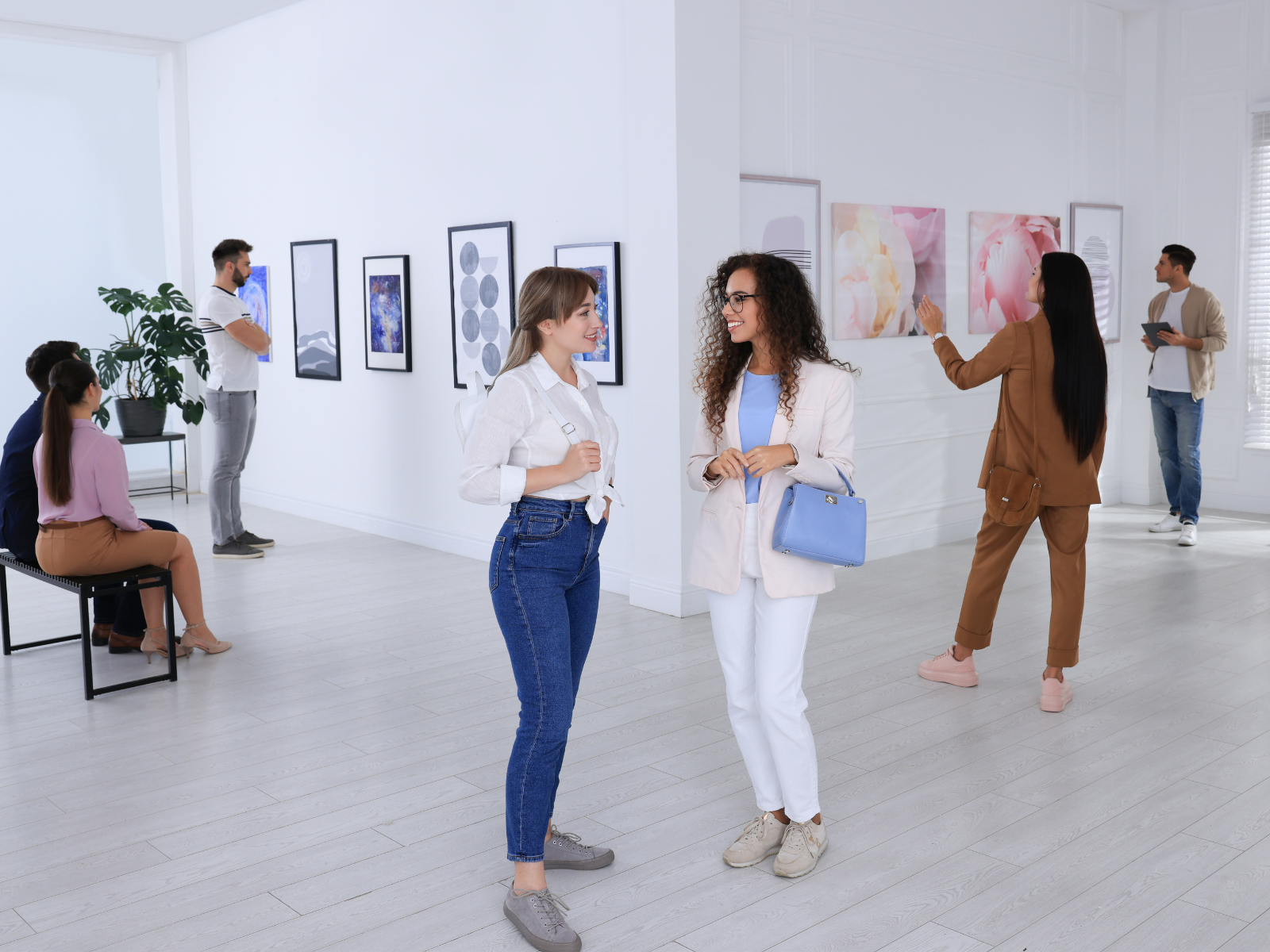
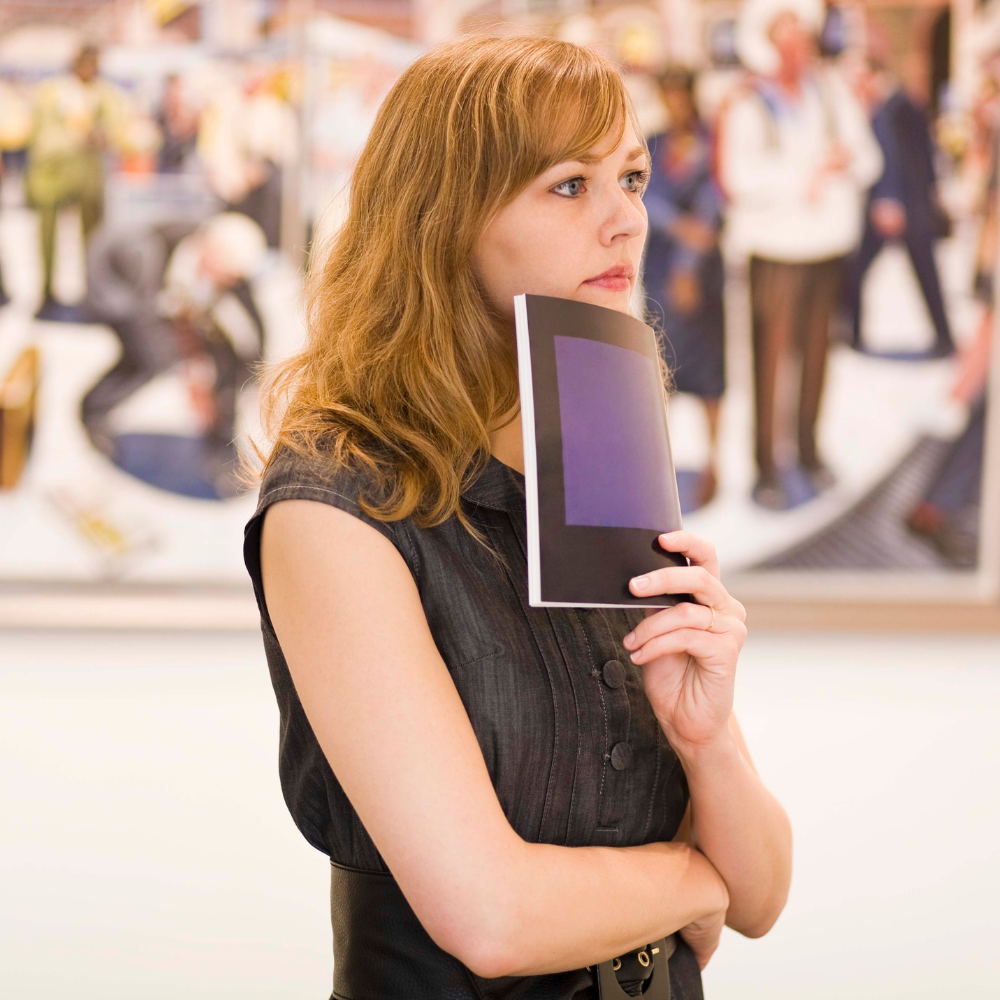
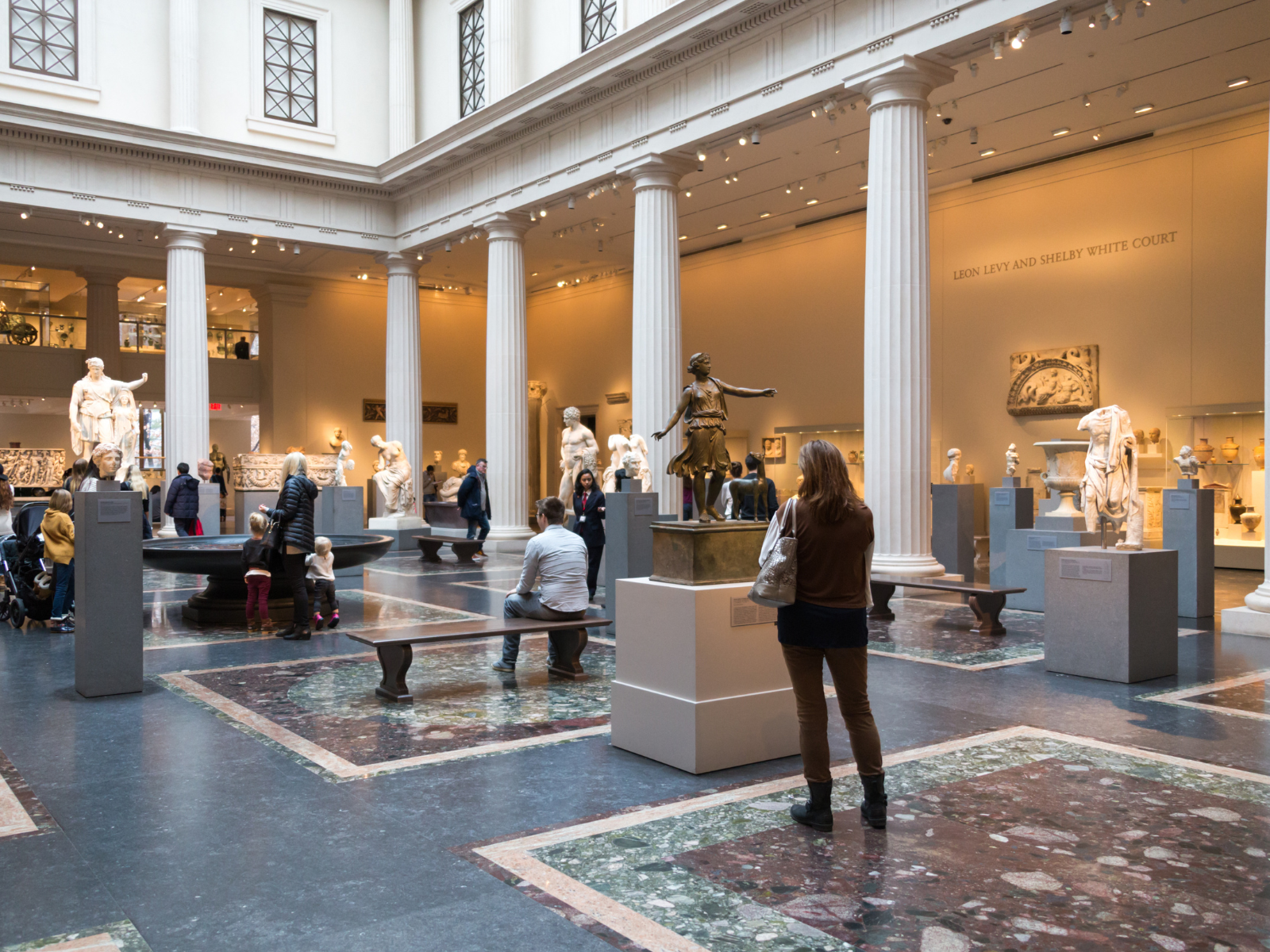
Visual Elements: Building Blocks of Expression
The second question focuses on the visual elements: how has the artist used shapes, colors, and forms to create the picture plane?
This is where you dissect the structure of the artwork, examining aspects like the focal point, linear perspective, and how the artist manipulates space.
In a landscape painting, for example, the artist might use linear perspective to illustrate depth, guiding the viewer's vantage point to a specific scene.
By scrutinizing these elements, you gain insight into the technical prowess and creative decisions of the artist.
The Symphony of Visual Elements
The use of visual elements is like the vocabulary of an artist's language.
Each element, from the texture of the materials to the contrast in colors, plays a role in creating the final image.
In evaluating art, it's important to note how these elements work together to guide the viewer's eye to certain areas, or how they contribute to the depiction of movement and life.
A sculpture's rough texture, for instance, might communicate the harshness of a subject's struggle, while smooth lines in a drawing might evoke calmness and serenity.
Influence of Technique and Style in Art
Technique and style are two important aspects that can significantly influence the perception and impact of artwork.
When evaluating art, considering the technique involves looking at the specific methods and processes the artist used to create their piece.
For instance, the brushstrokes in a painting or the chiseling technique in a sculpture can tell a lot about the artist's skill and approach.
Technique can also be specific to certain mediums, such as the use of lighting and angles in photography, which can dramatically alter the artwork's mood and message.
Style, on the other hand, is the distinctive manner in which an artist expresses their vision, often setting them apart from other artists.
It encompasses elements such as color scheme, line quality, and form.
An artist's style can evolve over time, making it an interesting point of study to see how their own artwork changes throughout their career.
Observing style can also help viewers understand how artists communicate ideas and emotions uniquely, making their work a focal area for discussion and appreciation.
The Artistic Merit of Composition and Complexity
Composition in art is the arrangement of visual elements within the frame, which guides the viewer's eye and structures the narrative of the piece.
A well-composed artwork can lead the audience to focus on specific details, creating a journey through the canvas.
For instance, the use of leading lines or the golden ratio can direct attention to the focal point, while balanced asymmetry can add interest and dynamism.
The composition is a silent narrator that tells the viewer where to look and what to feel, making it a crucial aspect of artistic expression.
Complexity in art, on the other hand, can refer to the intricacy of detail or the layering of concepts and themes.
An artwork rich in complexity challenges the viewer to delve deeper, to uncover the multiple layers of meaning that might not be immediately apparent.
It's an invitation to explore the idea behind the brushstrokes, to engage with the artwork on a more profound level.
Through complexity, artists can communicate nuanced messages and engage the audience in a more interactive experience, turning the act of viewing into a form of dialogue.

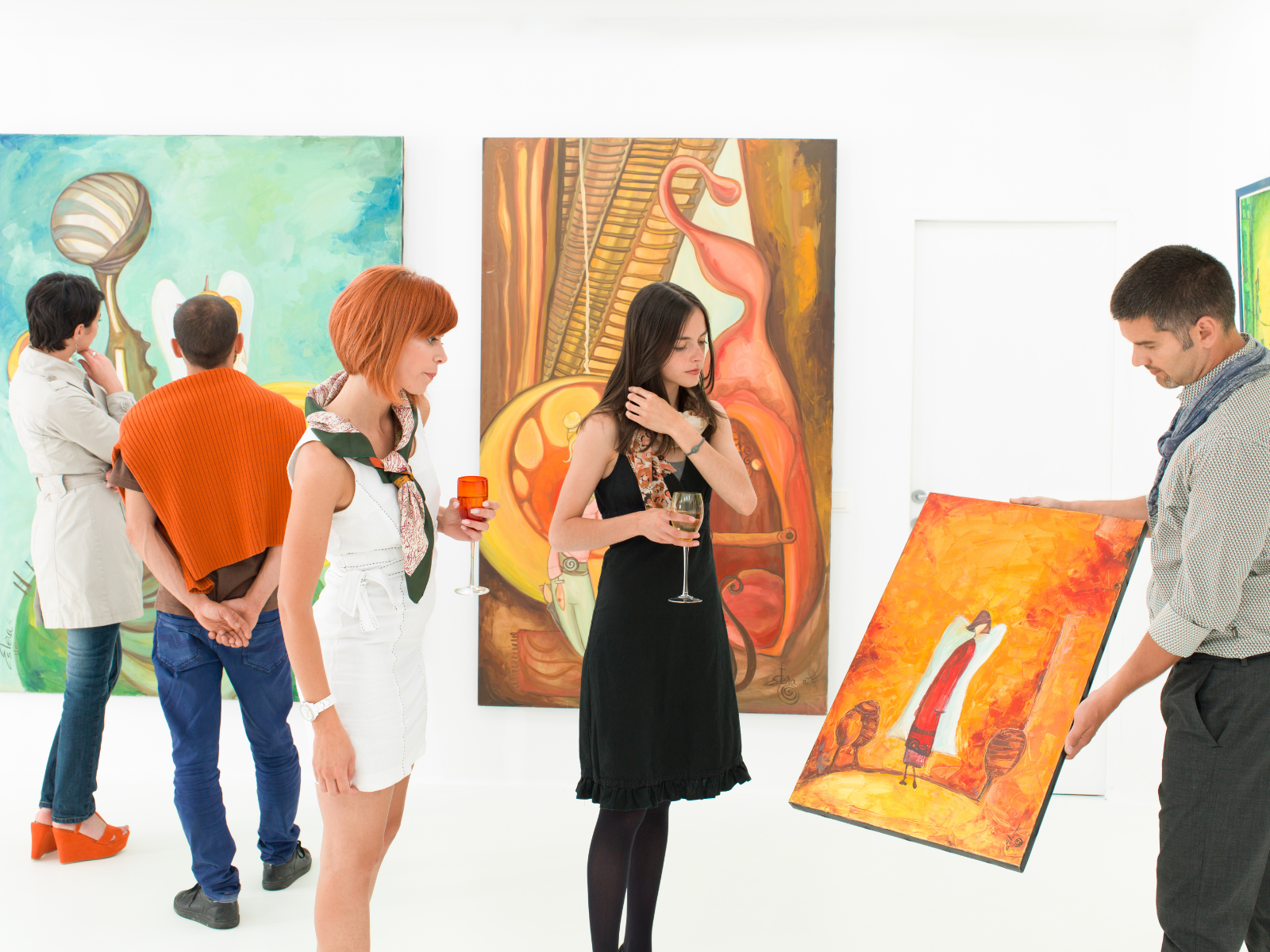

Emotional & Intellectual Response & Connection
Lastly, consider your first reaction: what emotional response or thoughts does the artwork evoke?
Art is not just about visual appreciation; it's about the dialogue it creates with its audience.
Whether it's a portrait that conveys a sense of melancholy or an abstract sculpture that challenges your perception of form, the emotional and intellectual response is a testament to the artwork's power.
This question helps you to evaluate the overall message and the effectiveness of its communication.
The Interplay of Color and Emotion in Art
The use of color theory in art is not merely a visual choice; it's a conduit for conveying emotion and setting the tone of the artwork.
Artists often select hues to evoke specific feelings or to communicate an idea more profoundly.
For example, a painting dominated by cool blues and greens might create a sense of calm or melancholy, while vibrant reds and oranges could evoke passion or urgency.
The deliberate choice of color palette is a testament to the artist's skill in manipulating viewer emotions, guiding them through the intended emotional landscape of the piece.
Moreover, the interplay between color and light can add another layer of emotional depth and detail to a work of art.
The way shadows and highlights interact with the colors can enhance the three-dimensionality of the subject, making it more lifelike and relatable.
This technique allows the audience to not only see but also feel the texture and mood of the artwork.
By paying close attention to these subtle nuances, one can hear the silent yet powerful emotional symphony that the artist has orchestrated through their palette.
The Viewer's Perspective: A Personal Journey
Every individual brings their own experiences and emotions to the table when viewing art.
This personal lens can cause the same piece to elicit different meanings and reactions from different angles.
A pop art painting might resonate with one viewer as a critique of consumer culture, while another might see it as a celebration of modern life.
It's these personal interpretations that make the discussion around art so rich and varied.



Narrative Power: Telling a Story Through Visuals
Art has the profound ability to communicate ideas and stories without the need for words.
When evaluating art, one should consider the story the artist is trying to convey.
This narrative can be explicit, with clear symbols and objects that describe a particular tale or event.
Alternatively, it can be implicit, leaving the viewer to interpret the story based on their own experiences and imagination.
For example, a series of paintings might depict the stages of a person's life, or a sculpture might capture a moment of historical significance.
Furthermore, the arrangement of elements within the artwork can guide the viewer's eye to the focal area, effectively narrating the story the artist intends to tell.
Students and enthusiasts interested in creating their own work can learn a great deal by studying how other artists use composition and details to build a narrative.
This understanding of storytelling through art can enhance one's ability to both create and appreciate the depth of visual expression.
The Evolution of One's Own Art Over Time
The journey of an artist is often marked by the evolution of their own art.
As creators delve deeper into their craft, the artwork change becomes evident, reflecting their growing mastery and shifting perspectives.
For instance, an artist might start with simple sketches, but over the course of their career, those sketches could transform into complex, multi-layered paintings.
Each piece serves as a milestone, charting the progression of their skills and the refinement of their artistic voice.
Observing this evolution provides a fascinating glimpse into the artist's personal and professional growth.
Moreover, the changes in an artist's work can also mirror the changes in their life experiences and ideologies.
As they encounter new ideas and challenges, their art naturally evolves to encapsulate these shifts.
For example, an artist might initially focus on abstract forms but gradually incorporate more realism as they seek to capture the details of the human experience.
Each phase of their art offers a window into their evolving thought process and the historical context that influences their work.
The Role of Feedback in Shaping Artwork
Feedback plays a crucial role in the development of an artist's work.
When artists present their own art to the public or their peers, they open themselves up to a range of opinions and critiques.
Hearing what others see and feel in response to their work can provide invaluable insights that may influence future creations.
For example, consistent feedback about the emotional impact of certain color schemes might encourage an artist to explore those palettes more deeply in subsequent pieces.
In addition to verbal feedback, artists often learn from the non-verbal reactions of their audience.
Observing how viewers engage with their artwork—what details they linger on, which pieces they return to, the emotions that play across their faces—can be as informative as any spoken critique.
This silent dialogue between the viewer and the artwork can guide artists in refining their technique, adjusting their narrative approach, or even rethinking the core message of their art.
Through this iterative process, feedback becomes a powerful tool for artistic change and innovation.
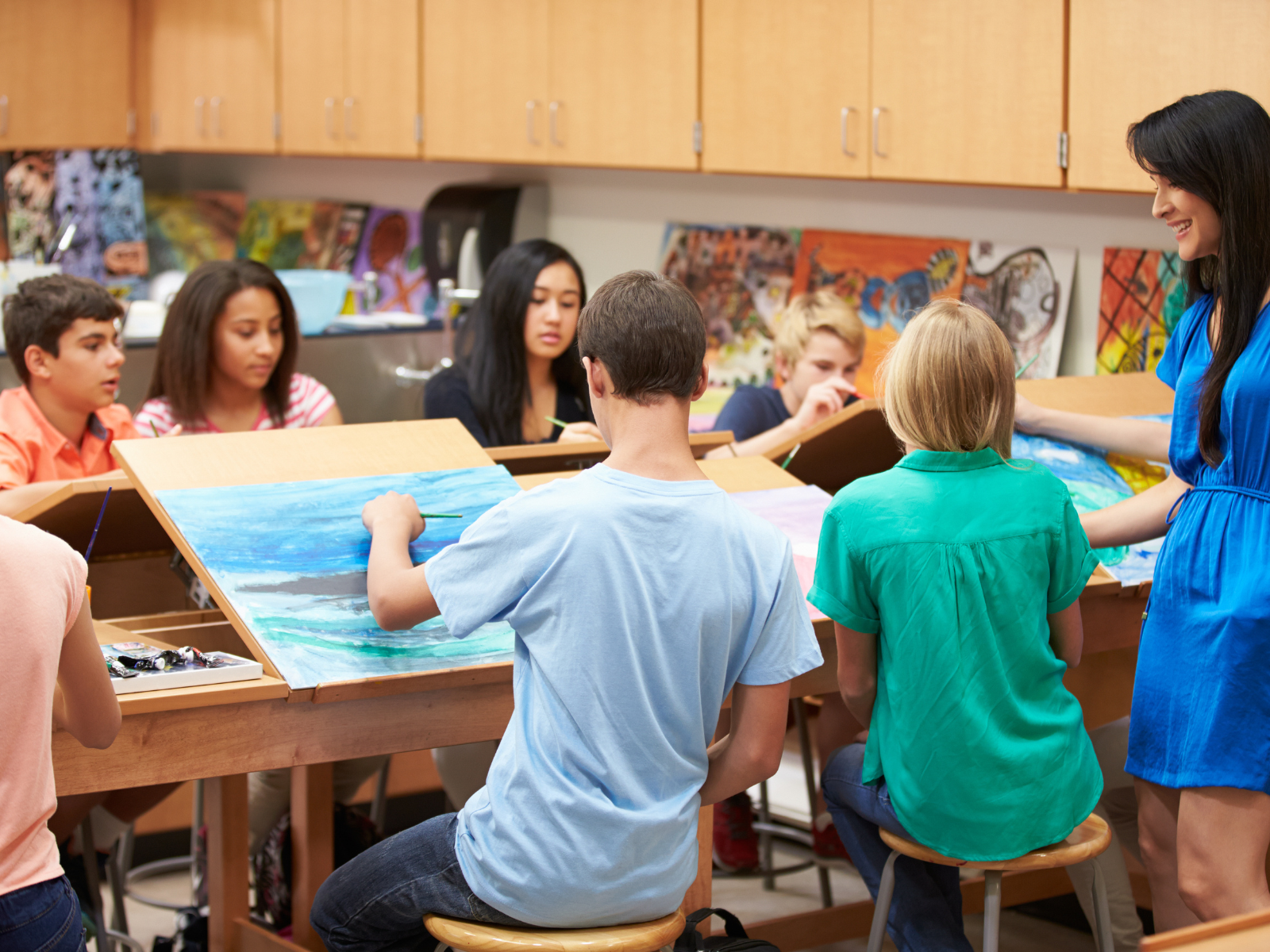


The Impact of Art on Society
It's important to consider the larger impact of art on society.
Art has a unique ability to shape opinions, challenge norms, and inspire change.
For instance, visual art has been used throughout history as a form of political dissent and social commentary.
During times of societal upheaval or injustice, artists often use their work to shed light on these issues and spark conversation.
Art also has the power to unite communities, bridge cultural divides, and promote understanding and empathy.
Additionally, the economic impact of art cannot be overlooked.
The art market is a significant contributor to global economy, with billions of dollars being spent each year on artwork and related industries such as museums, galleries, and auctions.
This creates jobs and supports both emerging and established artists, making art a crucial part of the cultural landscape.
Art of Questioning to Deepen Understanding
While the three core questions are a solid foundation for evaluating art, there are more questions that can further enrich your understanding.
Asking about the context in which the artwork was created, the movement it belongs to, or the techniques employed can provide a more comprehensive picture.
For example, knowing that a painting is part of the abstract expressionist movement can inform your interpretation of its form and content.
Furthermore, asking how the artwork makes you feel, what thoughts come to mind, and what details catch your eye can encourage a deeper connection with the piece.
Ultimately, evaluating art is not just about deciphering the artist's intent or understanding the technical aspects; it's about forming a personal connection with the work.
Each person will have their own unique experience and interpretation of a piece, and that's the beauty of art—it speaks to individuals in different ways and can evoke powerful emotions and thoughts.
By incorporating these diverse perspectives, we can truly appreciate the complexity and richness of visual expression.
So, keep asking questions, exploring different angles, and discovering new layers in the artwork you encounter—this is how we continue to grow as students and enthusiasts of art.
For the journey is endless, and there's always something new to learn and appreciate in the world of art.
Let your curiosity guide you, and let the artwork be your teacher.
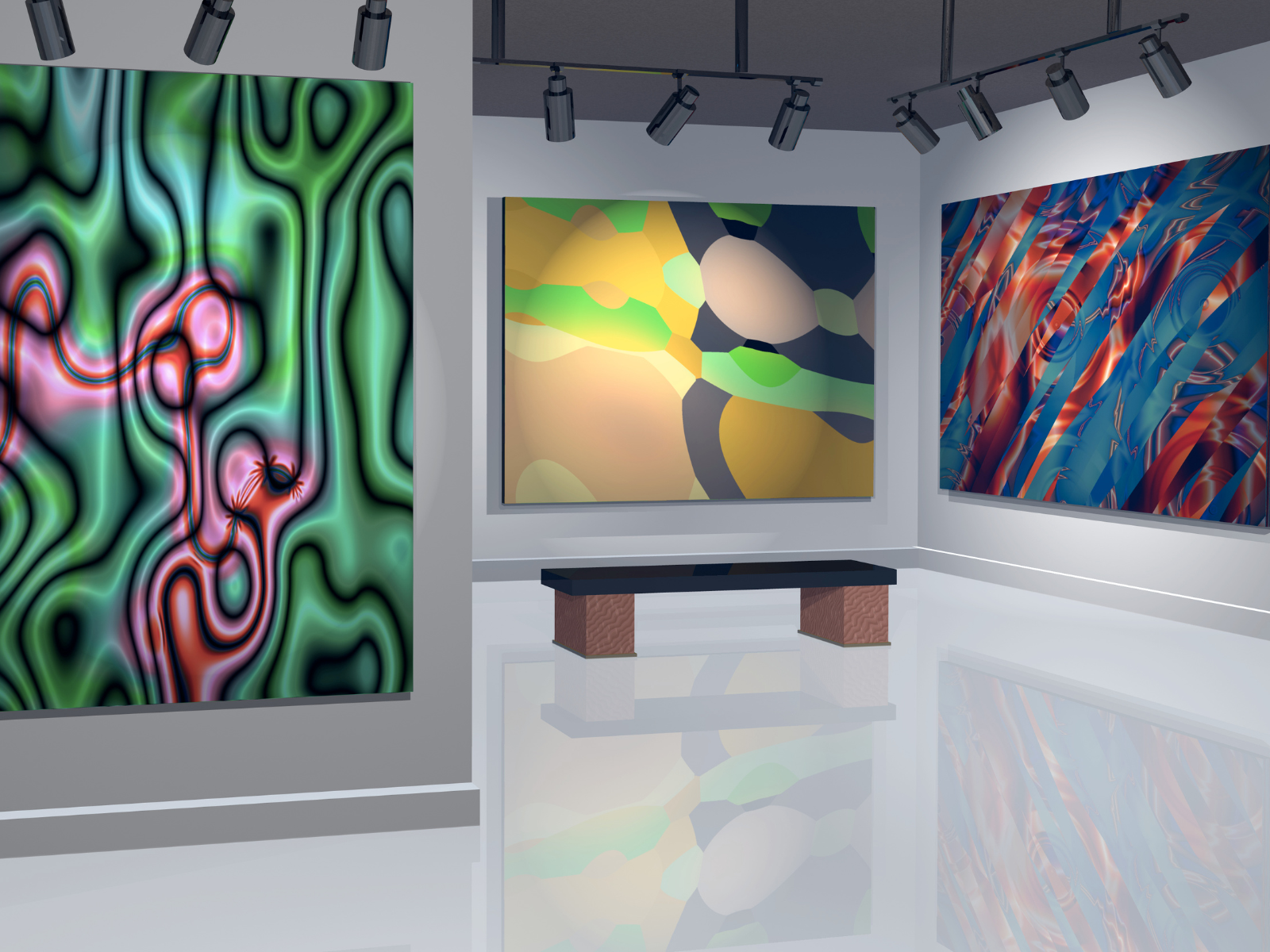


The Never-Ending Quest for Understanding
Evaluating art is a never-ending quest for understanding; it's an intricate process that involves asking the right questions to unlock the artwork's full potential
It requires careful observation, an open mind, and a willingness to engage with the artwork on multiple levels.
By inquiring about the artist's intention, the use of visual elements, and the emotional or intellectual response, one can gain a deeper appreciation for the artwork.
These questions serve as a guide to understanding the complex interplay between the artist's vision, the artwork's construction, and the viewer's interpretation.
Whether it's a pop art piece or an abstract painting, these questions are universal tools in the art evaluation toolkit.
With that being said, art is subjective and what one person finds beautiful another might not.
Nevertheless, don't be afraid to form and give your opinion on a piece of artwork because art is all about interpretation.
Have fun exploring the world of art!
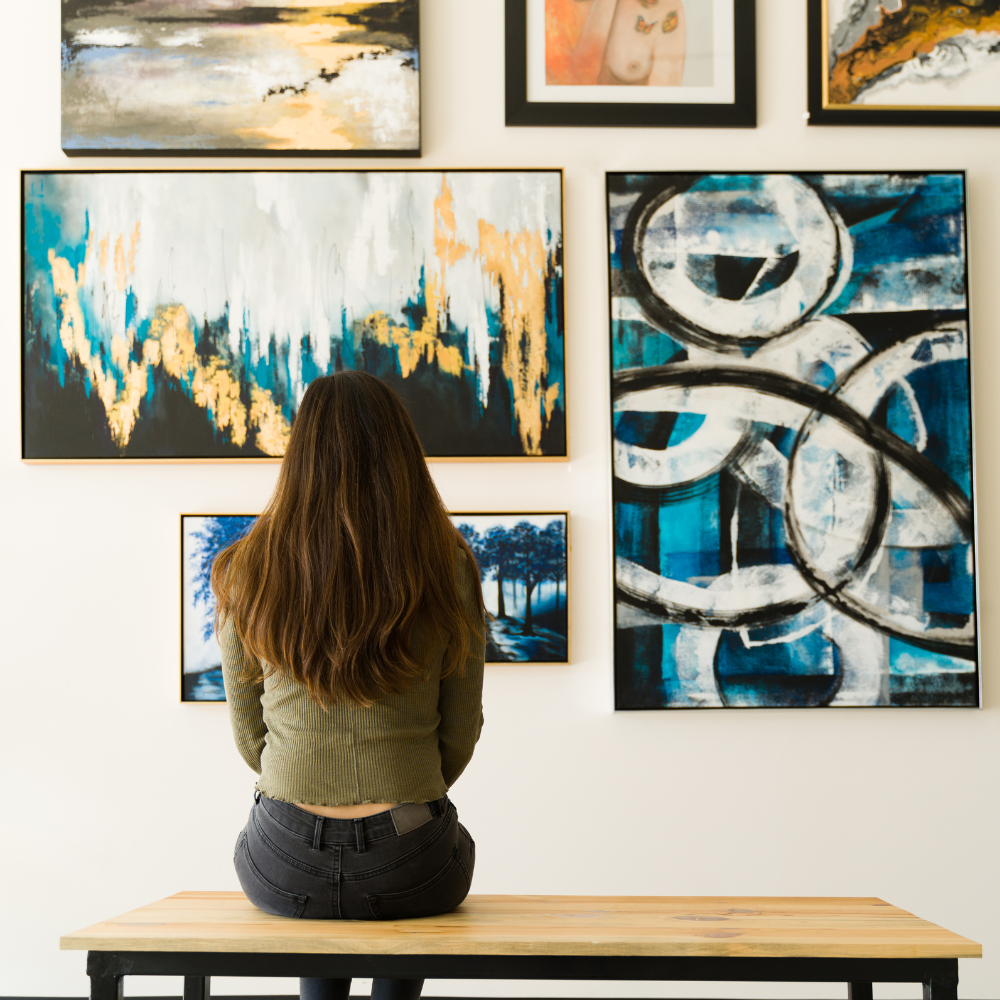


Eager to learn more about the art of asking questions? Check out TEDx Talks' video!
Want even more content about creativity and art?
Be sure to check out all of our creative chronicles!
Eager to explore art, creativity, and critiquing?
Check out some of our other articles:
-How do you analyze and critique art?
-What is the hardest part of an art critique?
-What are the four steps in critiquing artwork?
-How do you evaluate a piece of art?
-What are the 7 elements of art?

